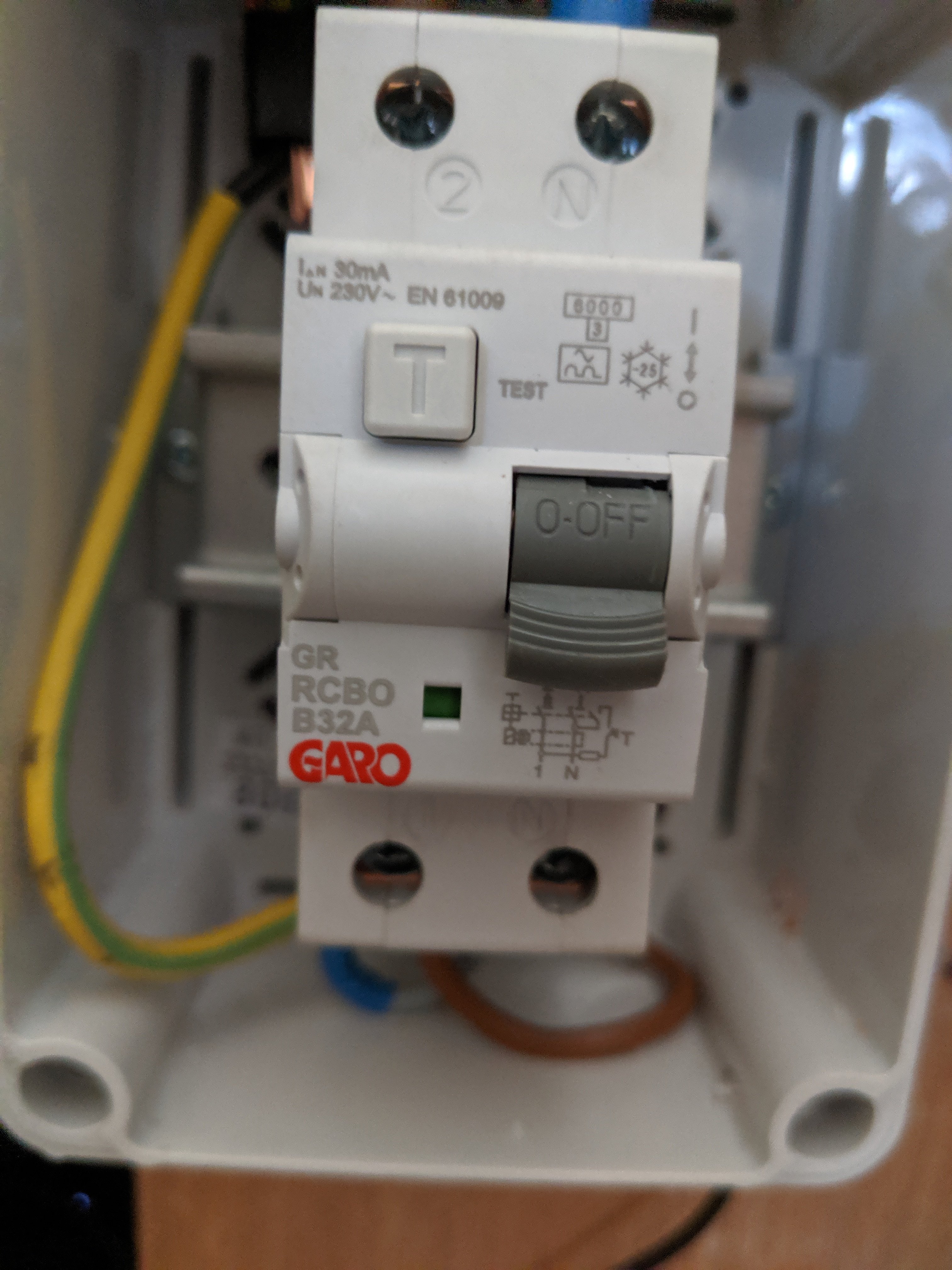To all those who've installed a Tesla Wall Connector - what RCD have you used?
The installation manual doesn't mention a specific RCD, but the Home Charging Installation FAQ does... "an RCD Type B or a specific Type A-EV needs to be installed".
Home Charging Installation
So far I've found this
Doepke DFS4 040-2/0.03-A EV which is available from Rapid Electronics for £305+VAT ! What other options are there?
I'm interested to know what other people have used and if anybody has self-installed?
The installation manual doesn't mention a specific RCD, but the Home Charging Installation FAQ does... "an RCD Type B or a specific Type A-EV needs to be installed".
Home Charging Installation
So far I've found this
Doepke DFS4 040-2/0.03-A EV which is available from Rapid Electronics for £305+VAT ! What other options are there?
I'm interested to know what other people have used and if anybody has self-installed?



